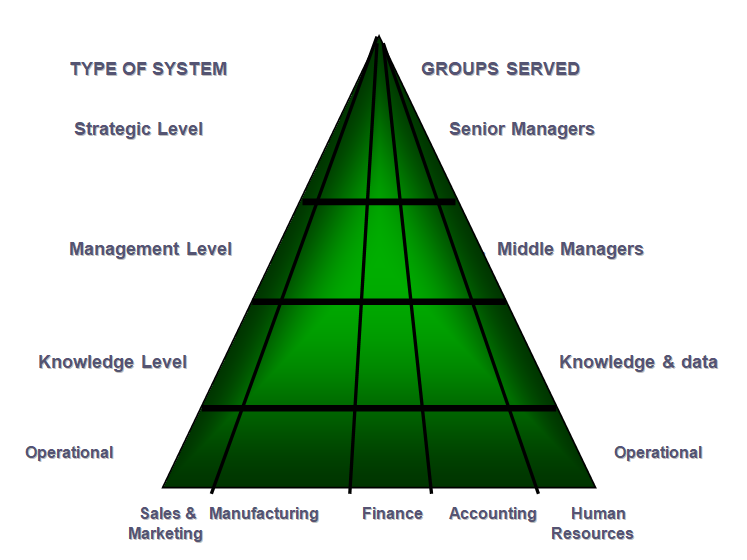Information systems proposal
| Subject: | 💻 Technology |
| Type: | Proposal Essay |
| Pages: | 2 |
| Word count: | 551 |
| Topics: | Innovation, Data Analysis, 🙋♂️ Management |

Need a custom
essay ASAP?
essay ASAP?
We’ll write your essay from scratch and per instructions: even better than this sample, 100% unique, and yours only.
Get essay on this topic
Sources
- Shelly, C. (2000). TYPES OF INFORMATION SYSTEMS. Retrieved from http://bisom.uncc.edu/courses/info2130/Topics/istypes.htm
Related Samples
Subject:
🧓🏼 Personal Experience
Pages/words: 11 pages/2530 words
Subject:
💼 Business
Pages/words: 5 pages/1179 words
Subject:
📡 Media
Pages/words: 4 pages/919 words
Subject:
💼 Business
Pages/words: 15 pages/3896 words
Subject:
🏥 Health Care
Pages/words: 13 pages/3739 words
Subject:
🧑🤝🧑 Sociology
Pages/words: 4 pages/1232 words
Subject:
👩🏼🤝👩🏽 Gender Studies
Pages/words: 8 pages/2212 words
Subject:
🧑🤝🧑 Sociology
Pages/words: 8 pages/2199 words
Subject:
💭 Psychology
Pages/words: 9 pages/2445 words

Boost your grades with a new guide on A+ writing
Time to excel in writing!
The download will start within seconds.
Download Sample
This essay is publicly available.
Offered for reference purposes only.
Offered for reference purposes only.
By clicking Get this sample, you agree to our Terms & conditions & Privacy policy
Thank you!
The download will start shortly.



